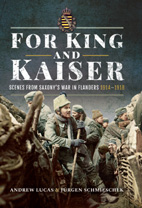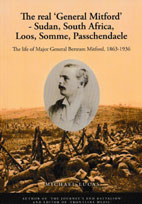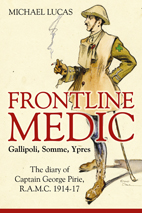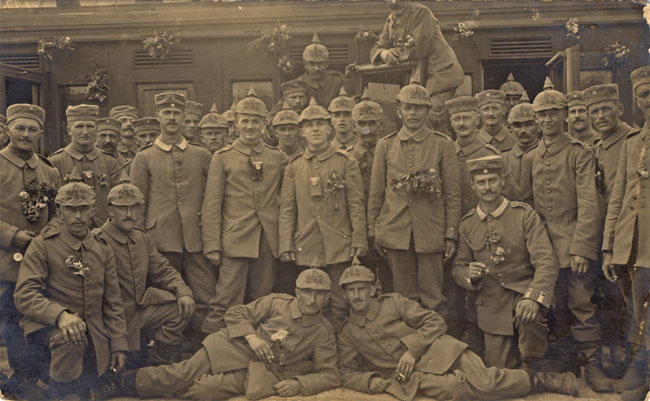On 25th October 1914, Einjährig-Freiwilliger Curt Penther of 6. Kompagnie / Reserve-Infanterie-Regiment Nr.242 (53. Reserve-Division / XXVII. Reservekorps) took part in the regiment's first full-scale assault against the British defensive positions on the Menin Road, at the village of Kruseik.
Wounded a week later, he subsequently described his experiences in a letter from hospital to his sweetheart - who had perhaps already seen local newspaper coverage of his regiment's bloody ordeal.
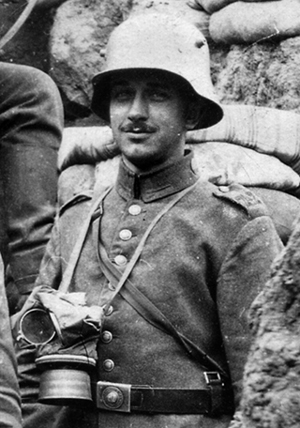
Reservelazarett II. Abt. 3 Groß-Auheim, near Hanau am Main, 10th November 1914
My dear Martha!
You would scarcely believe how hard it is for me to write. I can't hold the paper still, my left hand is abominably painful. The day before yesterday the doctor made an incision from the little finger almost halfway along the back of the hand. It hurt something rotten, but I have comrades here who endure far worse. The pus oozed right out and the doctor washed it all off with hydrogen peroxide. Hopefully it will be better soon.
You've probably already heard about the fighting our regiment was involved in. I will never forget Kruseik, Gheluwe etc. The Bautzner Nachrichten has published a pretty account of it, "How our 242 went into battle". It concerns our storming of Kruseik on the 25th October, where from 240 men at roll call only 93 returned. Those were the losses from my company alone, just think of the losses for the whole regiment. On 1st November, the day I was wounded, there were only about 200 men left out of 3000. It is truly heart-wrenching to walk across the battlefield after an attack, and see so many comrades with broken eyes or dreadful mutilations. This demands nerves of steel, but it's possible to become used to anything.
I will describe to you one episode which shows how a fellow's thoughts turn to his God out there. It was on the evening of the 25th. We were all still in our trench, ready for the signal from our leader to advance to the assault. Then suddenly someone, I don't know who, struck up the hymn "Harre meine Seele" ["Trust Patiently, My Soul"]. We all began to sing softly and earnestly, then louder and finally the song thundered up to the Allmighty "Harre des Herrn" ["trust in the Lord"]. With this song we stormed forwards into combat, to death but also to victory.
And now farewell my darling, do send my love to your good lady mother too, with best wishes for her recovery. With another heartfelt kiss
Your Curt
Above: An early transport of replacements for RIR 242; I don't believe this can be an image from October 1914 as some men are already wearing the grey strap-on camouflage band around their Feldmützen. Also present are a couple of Saxon grenadiers, one of them identifiable as a member of Kgl. Sächs. 2. Grenadier-Regiment Kaiser Wilhelm, König von Preußen Nr. 101 (GR 101).
Note the oddly uniformed 242er standing alongside the kneeling Kaisergrenadier. His Waffenrock evidently came from the stocks of LGR 100 or GR 101, and has been stripped of its Grenadierlitzen - leaving him with 'Swedish' cuffs which still bear a visible shadow of the old insignia.
- Prev
- Next >>


